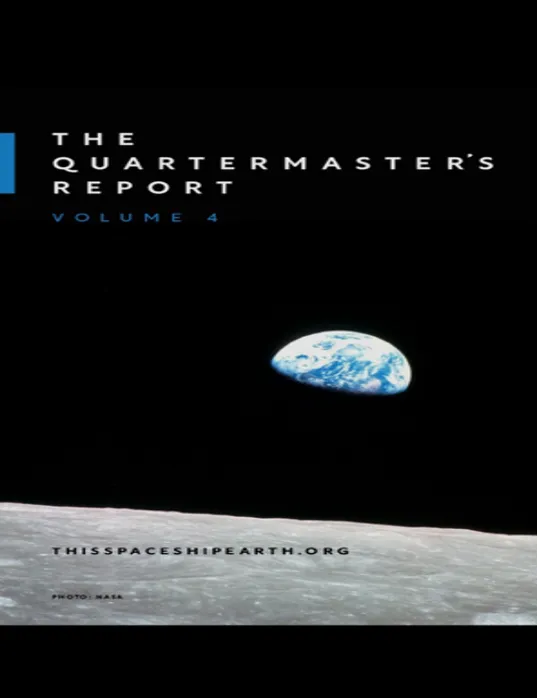Tracking All the Climate Data
Every week there are now an additional 1.46 million people who need food, water, clothing, shelter and energy for their lifetime, as well as future access to education, employment and health care. Trying to meet these growing resource needs and demands is a key component to our continual, cumulative and collective increase in Greenhouse Gas (GHG) pollution.
We are in an unprecedented situation. As such, climate scientists have no trend line to follow. They can no longer extrapolate what our climate will do in the future from what it did in the past. Climate scientists underestimated the severity and acceleration of our climate crisis.
At first, they plotted the progression of our climate crisis using linear acceleration. When feedback demonstrated that changes were happening faster, they moved to geometric, and now are applying exponential acceleration. The best scientific research in 2015 stated that we would reach a 1.5° C increase by 2050. In 2024, we were already at 1.77° C.
Those of you who have read the other two Quartermaster’s Reports and for those of you who will read the future ones, you have likely noticed how fast the numbers are changing and the expanding list of examples that are given. Why are there so many changes? Because that is how dynamic our planet is and how relatively small the data set was when the collective, cumulative and continuous activity of GHG pollution, plus a growing population, crossed the threshold and triggered the start of our synergistic planetary transformation.
The start was so small, we didn’t notice it. As the changes grew, we scarcely believed it. Now we don’t want to accept it because the scale of change we need to make is overwhelming, and the speed and urgency with which we have to change is far outside our comfort zone. We want to scream, “Why didn’t you tell us this would happen?” (Some of us have been for many years). But the reality is that this is a first-time, first-hand experience for all of us. Nobody left us an Operating Manual detailing how we could, or could not, alter the planet – at least not in a way we could easily understand.
We now know that we need to re-establish a livable climate in order to save ourselves from ourselves. First, do no more harm. Second, repair and restore the harm we have done. Third, foster the regeneration of the relationships that make up our life support system. We are a cog in the process. We need oxygen and we generate carbon dioxide. Survival of our societies requires we move back into balance.
Will we make the necessary changes fast enough to match the urgency of our predicament? As Professor Dumbledore said, “Soon, everyone will have to make the choice between what is right and what is easy.”
We are not acting like a crew that maintains a surplus of supplies. We are not even being a crew that breaks even. We are currently a gaggle of crew, passengers and castaways on a 365-day voyage that runs out of supplies 157 days before we circle back to our starting point.
Overshooting one’s resources is not just unwise, it’s risky. To do it every year for the better part of 50 years is suicidal.
We live on Earth. It is a single planet, yet we act as if we have a spare. It currently takes 1.75 years to satisfy one year of our resource consumption. At some point, the cumulative, collective and continuous harm we are causing will create a reckoning of unfathomable proportions. We are the source of and the solution to all the problems facing us. So, the question is simple – do we want to play the long game, or a painfully short one?
How can the crew operate Spaceship Earth to ensure the vitality and viability of our life support system for our intended journey into the future?
We should desire a future better than the one we are currently making. We know how to bend the path we are on so that it connects with the future we want for our children and ourselves. The troublesome part is that we all have to do our share in the process of bending the path.
- We (humanity) continue to degrade the planetary support systems that provide a healthy environment for us, our children, and all the other inhabitants of Spaceship Earth.
- Our climate crisis is accelerating in the severity and frequency of extreme weather events.
- All the “negative” trendlines are moving in the wrong direction and much faster than climate scientists predicted even 10 years ago. (Air Quality in decline, Availability of Safe, Potable Water in decline, Average Global Temperature increasing, Commercial Fish Stocks in decline, Extreme Weather Events increasing, Forced Displacement of People increasing, Global Demand for Energy increasing, Greenhouse Gas Emissions increasing, Habitat Quantity, Quality and Diversity in decline, Human Population increasing, Life Support System TSE in decline, Loss of Biodiversity and Bio-abundance increasing, Population of Plant Species in decline, Population of Non-human Vertebrate Species in decline, Rate of Species Loss increasing, Sea Level Rise and Rate increasing, Waste Generation increasing.)
- The list of “passively not reversible” trendlines is growing.
- Everything is interconnected. We are one species on a single planet. We must work together.
The Quartermaster’s Report is a current snapshot of humanity’s interaction with Spaceship Earth. The report is numerically factual. Readers and users of the report can interpret the information for themselves, with the proviso that their review includes the full data set not just selective parts.
The time is nigh. Are you crew?
NOTE: The above is an excerpt from our Quartermaster’s Report Volume 4. Click the link for a free download. Since all of the data points in this report are in flux… almost all moving in the wrong direction, and accelerating, we will be updating every six months. We will notify you when QMR5 is published.

